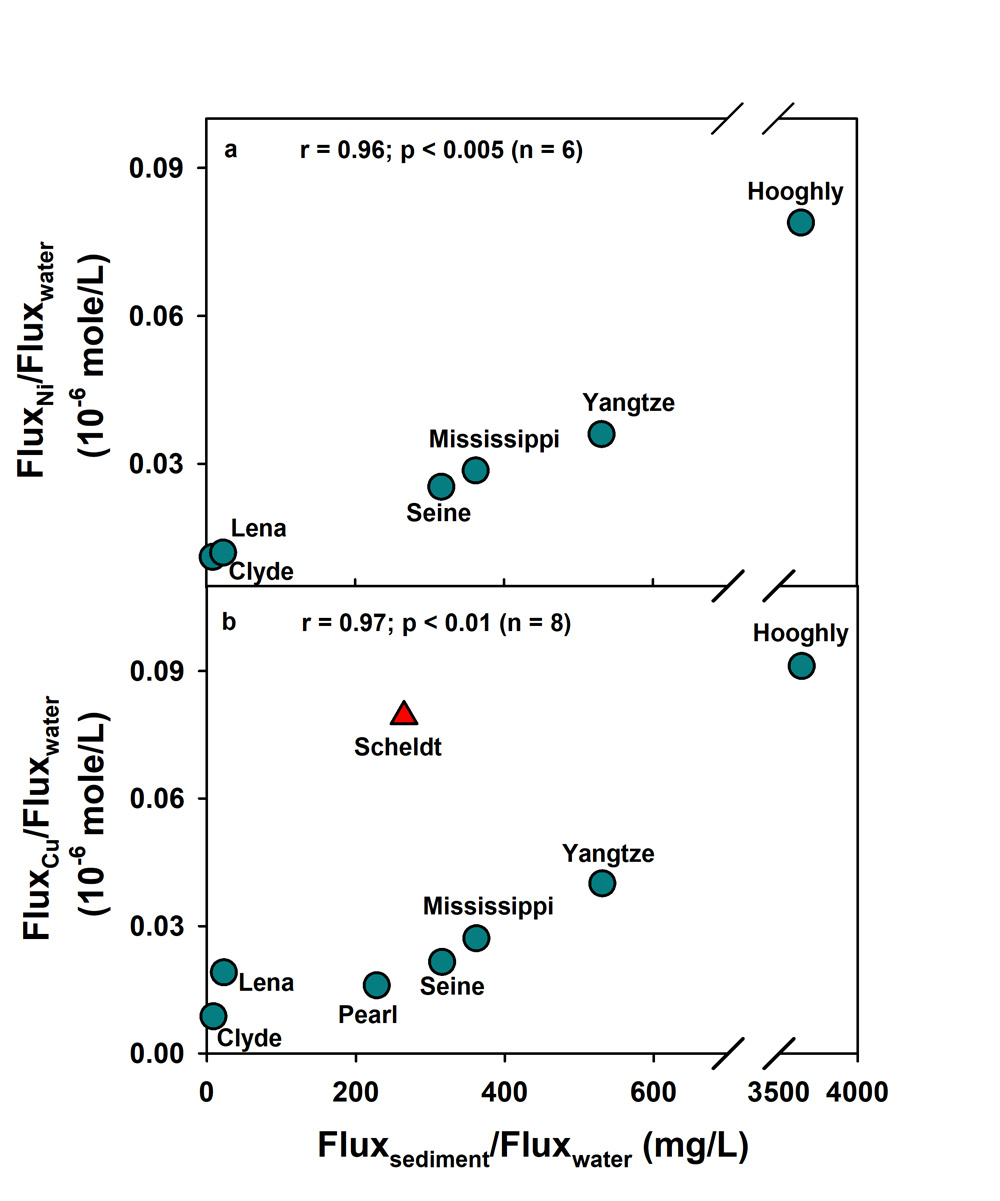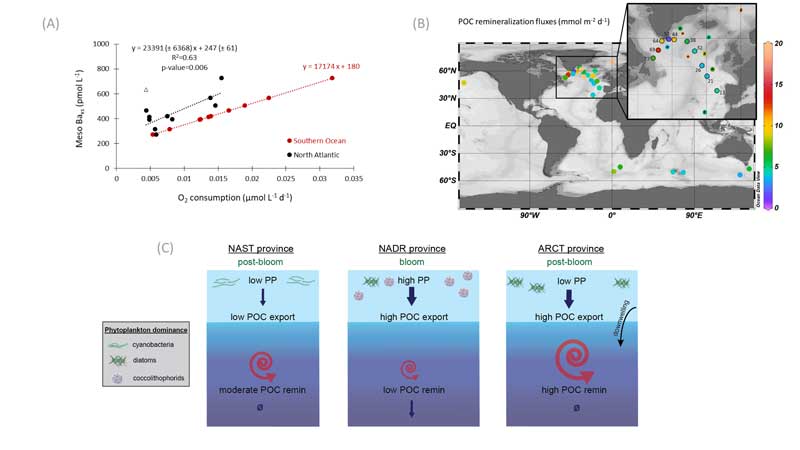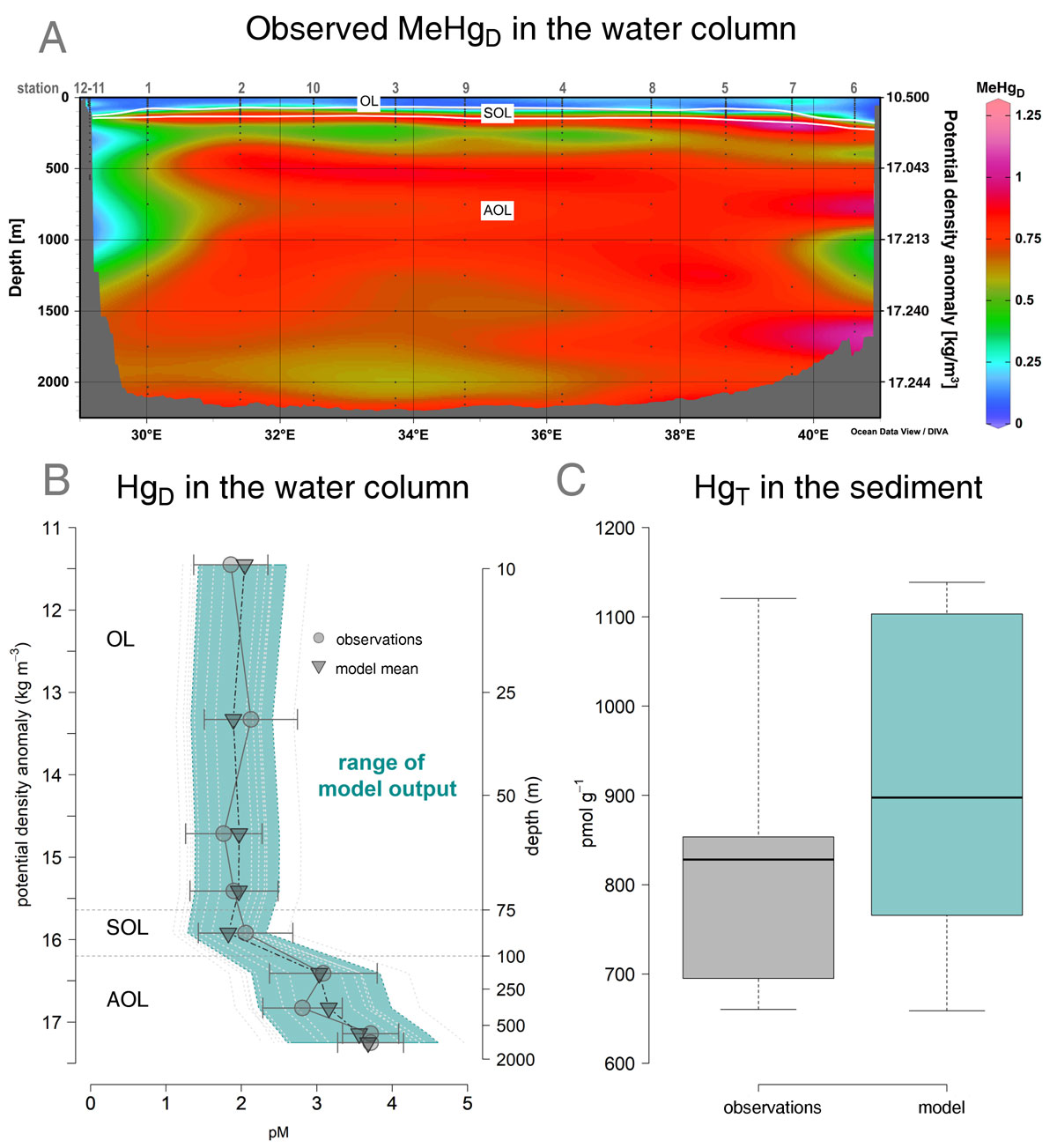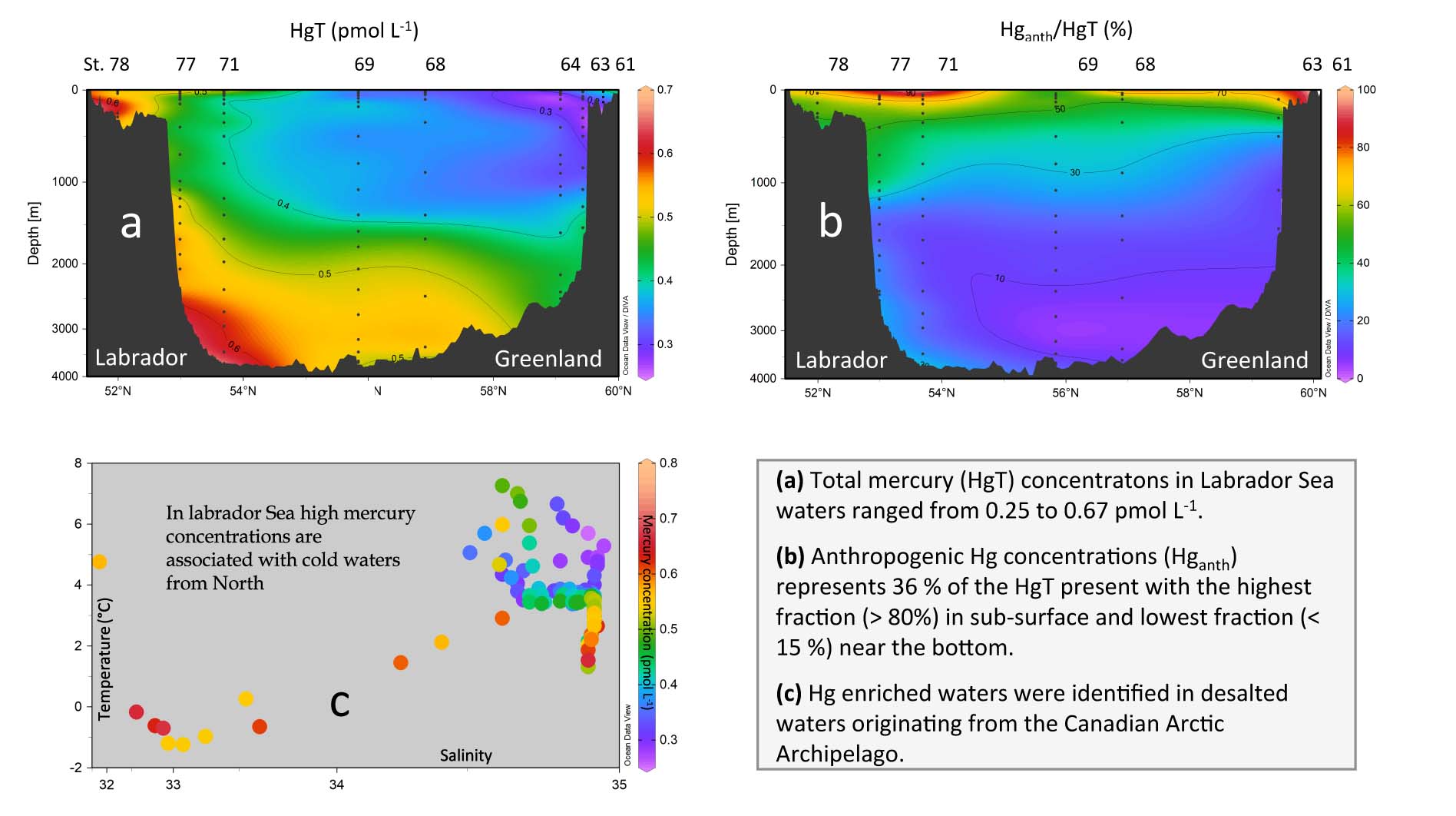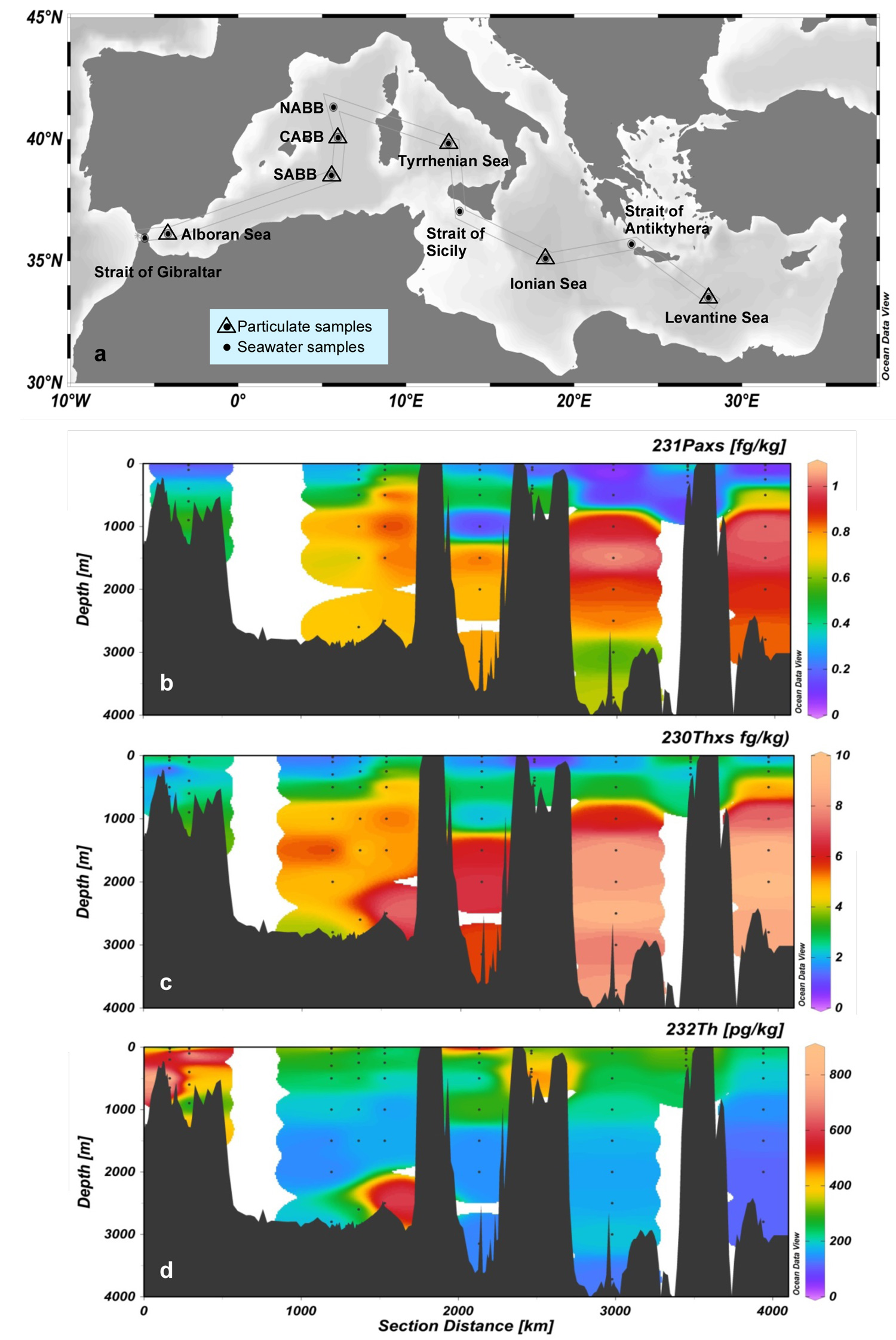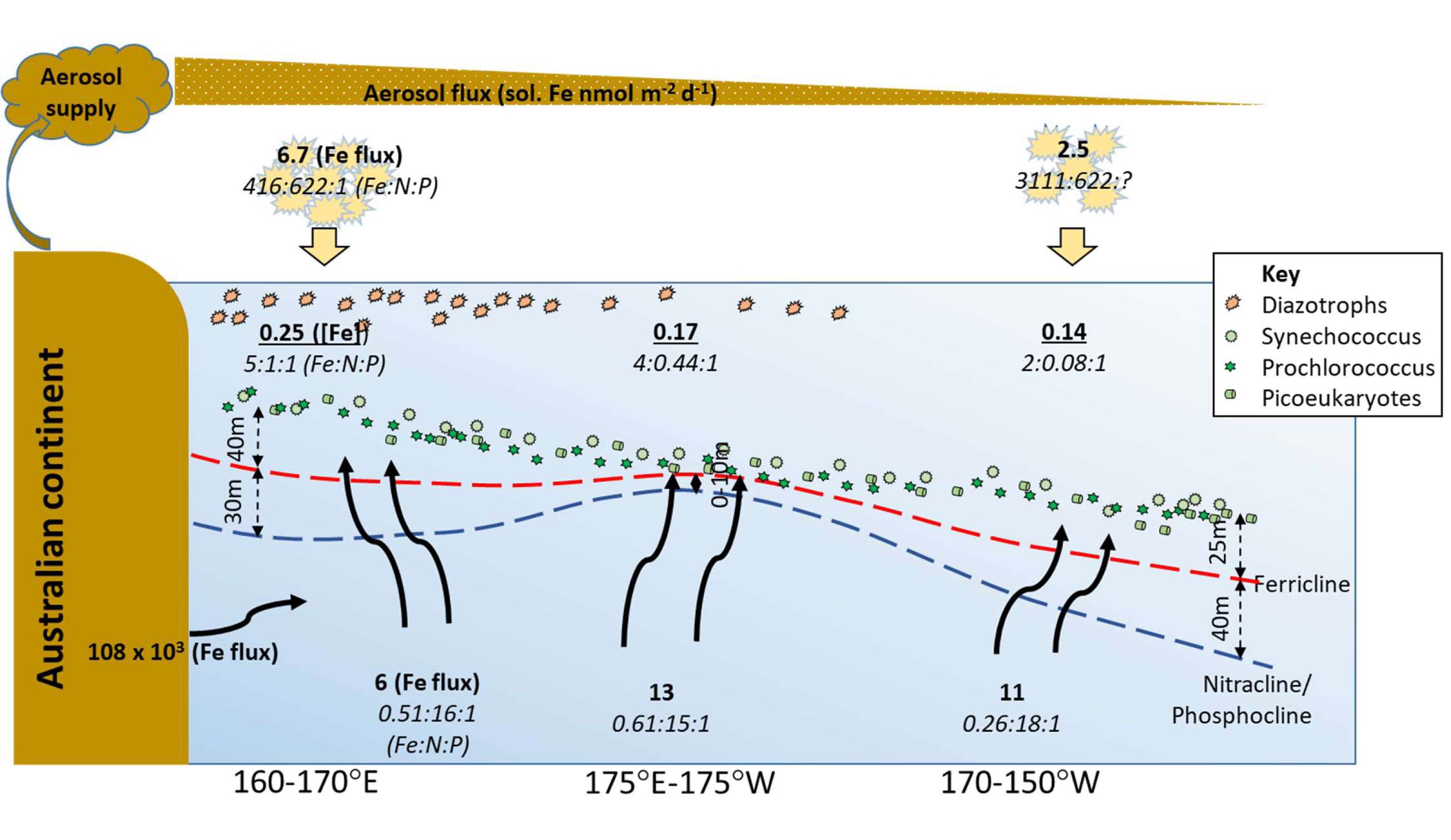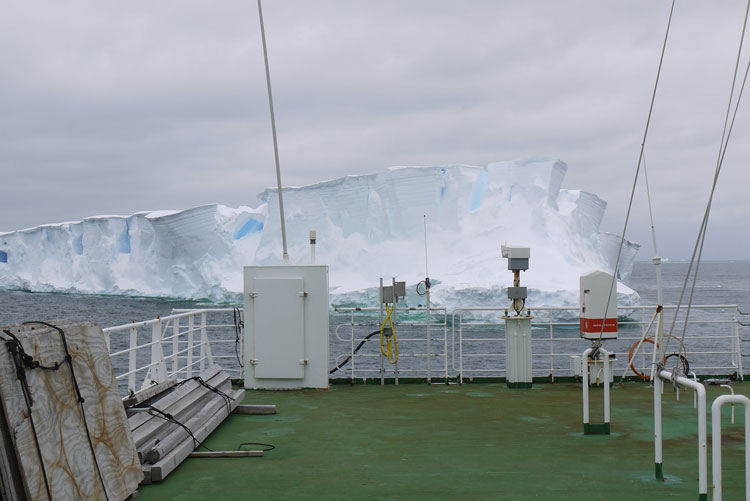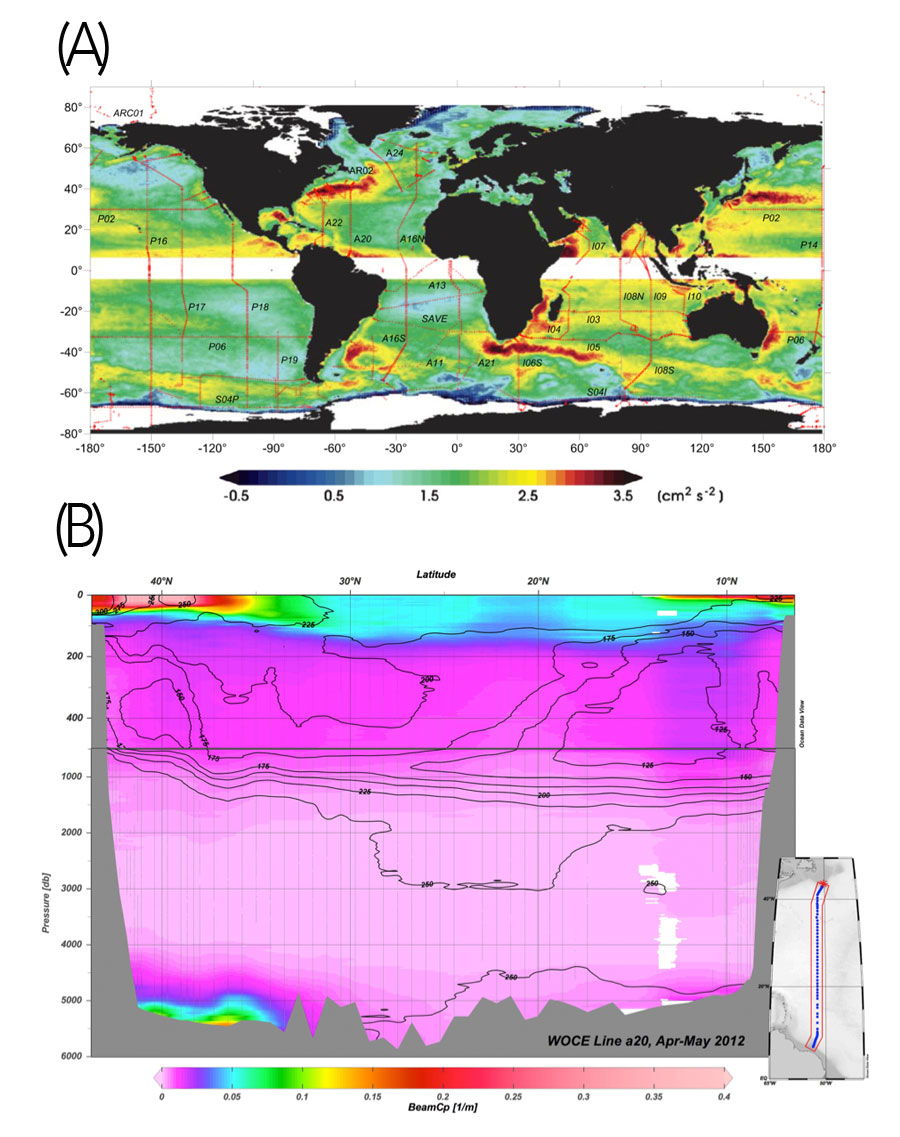Estuary solid loads and solid-solution exchanges yield considerable dissolved trace metal enrichments
Based on a thorough investigation of water and suspended sediment samples collected over two years and a six seasons, Samanta and Dalai (2018, see reference below) show that the annual […]

